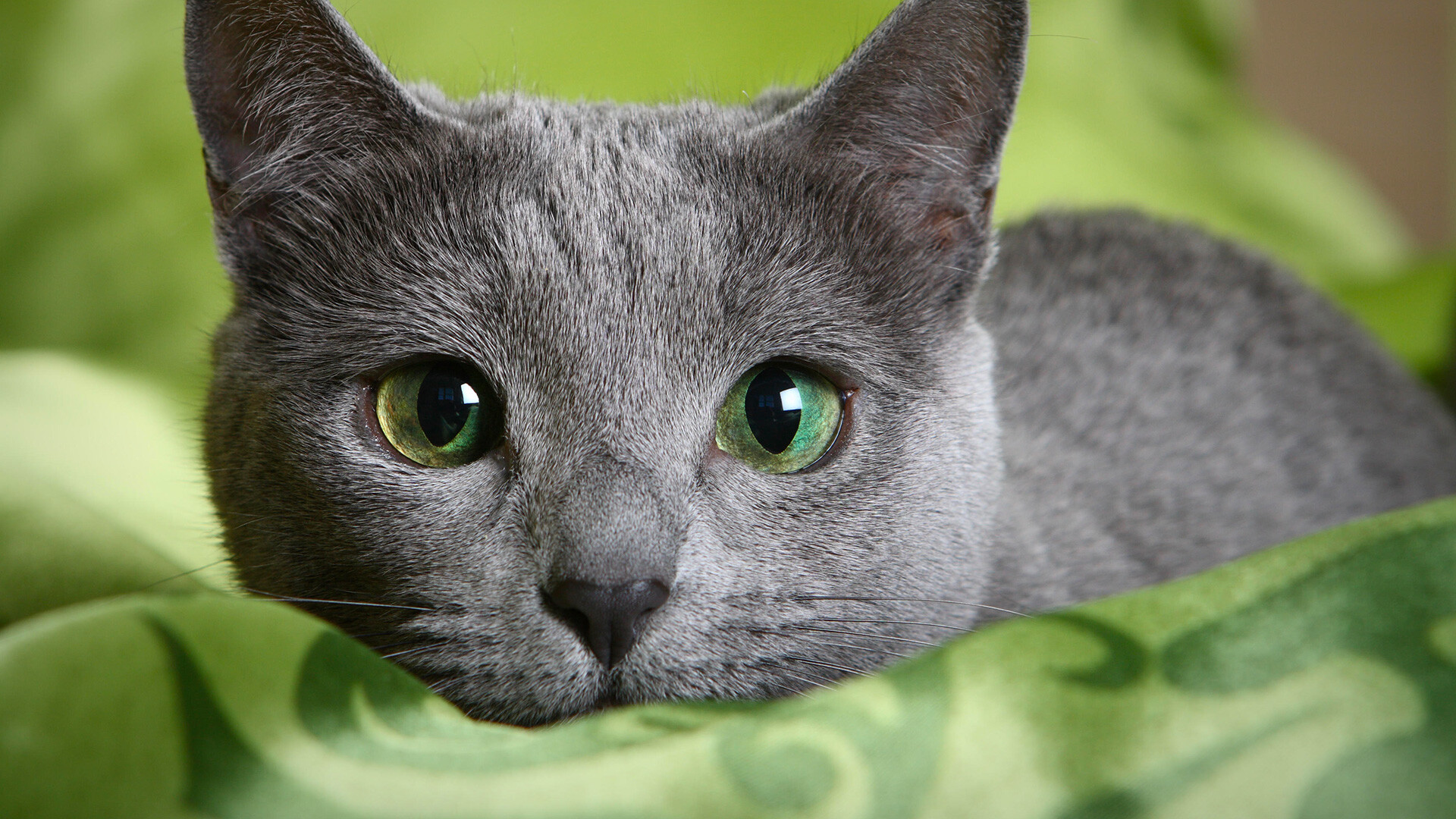
The native land of the Russian Blue is the remote city of Arkhangelsk, the leading sea and river port in Russia’s Arctic region. Back in the late 19th century, this cat won the hearts of Europeans, originally arriving on the continent thanks to British sailors . Oddly enough, until recently this cat was better known abroad than in Russia.
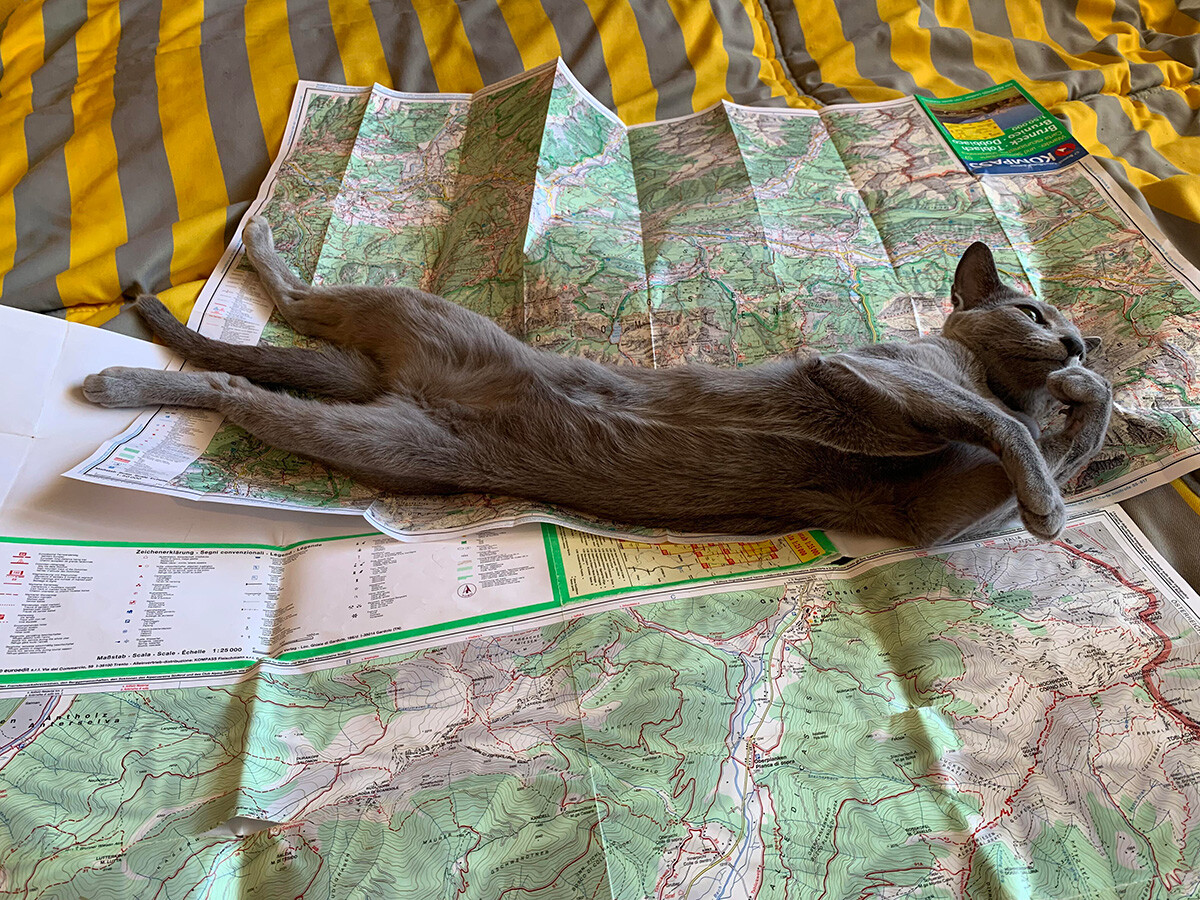
The smoky-gray cat was a common human companion in the Russian North, and hunting mice was its main function. Cats have always been the most effective means to be rid of rodents, and they were frequently taken aboard ships by both Russian and European, (predominantly British) seamen, who once were frequent visitors to the Russian North (we wrote at length about it here).
In the second half of the 19th century, felinology, the science of cats, was born in Great Britain. Something drew the attention of these experts to the gray cats that came by sea from Arkhangelsk. These cats were first mentioned in the British press as early as in the 1860s, and, starting from the 1870s, they began to participate in cat exhibitions under the name of “Arkhangelsk Blue”. In the 1890s, aboriginal kittens were brought from Arkhangelsk and its islands for breeding in an English cattery. In 1912, this cat finally obtained its own breed standard.
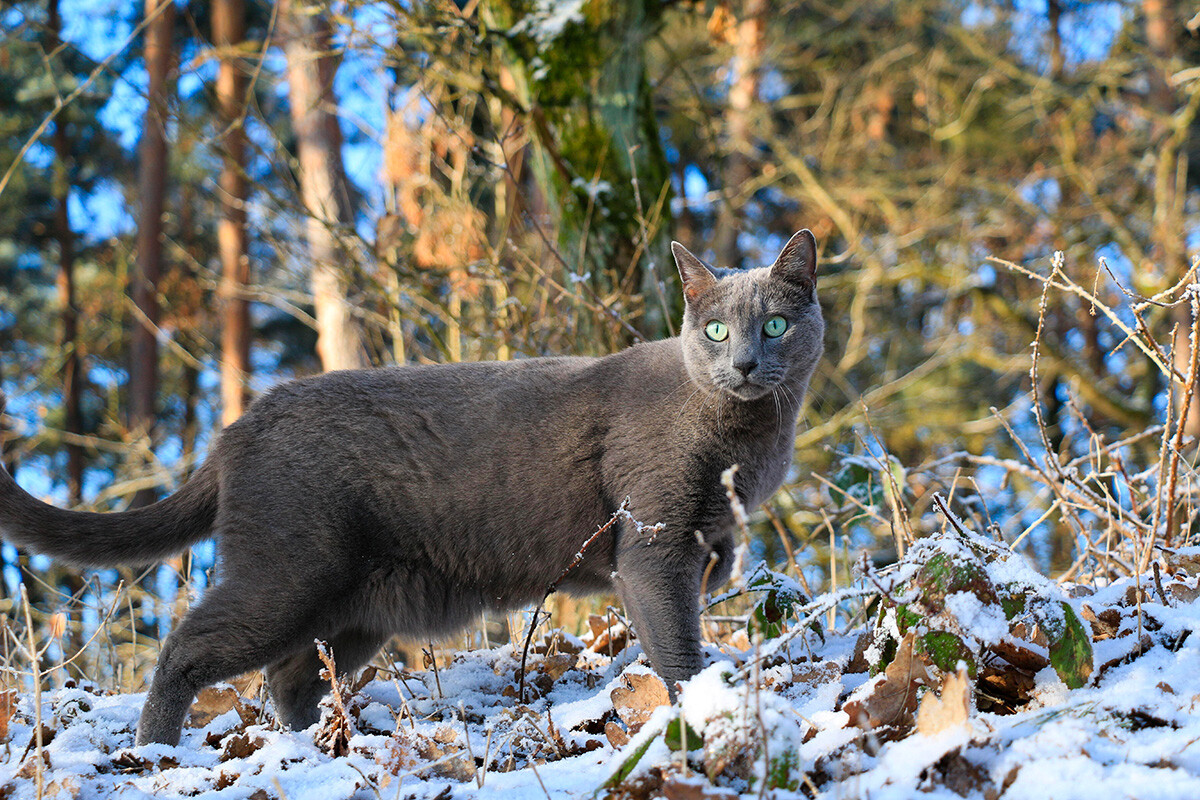
In the early 20th century, this cat looked slightly different from how we know it today: its fur was thicker and harder since it’s quite cold in the north of Russia; also, it has mighty back paws. After this cat became popular across Europe, it eventually traveled as far as the U.S., where it acquired new names that included the “Russian” and “Arkhangelsk” cat, as well the “Siberian”, and even the “Maltese”; (actually, felinologists called any cat with grayish-blue fur “Maltese”). After World War II, these cats were on the brink of extinction, but in the late 1940s breeders again started to revive this magnificent feline. The remaining cats were eventually cross-bred with Siamese, Havana and other felines. In the 1980s, when the felinological movement first appeared in the USSR, these cats finally rose to fame in their native land.
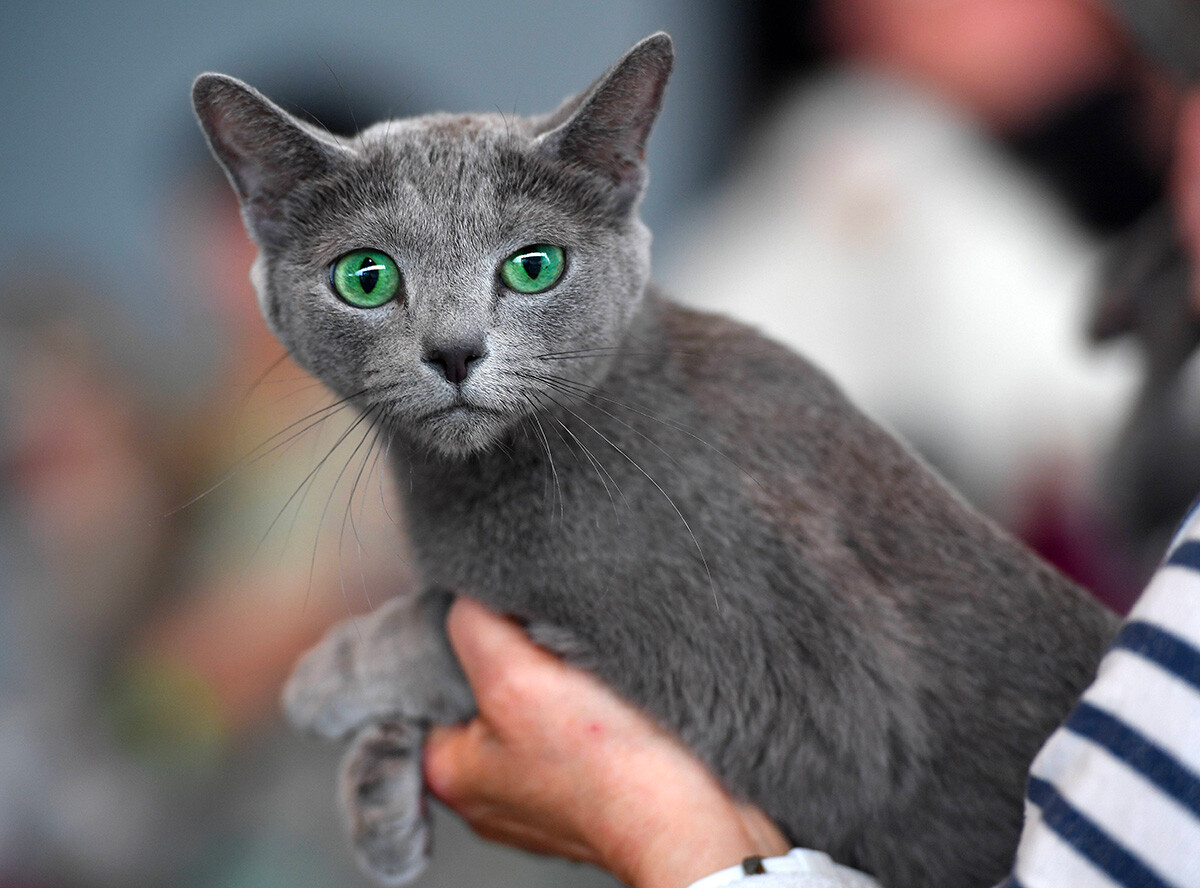
As a result of breeding in different parts of the world, felinologists bred four types of the Russian Blue cat, namely English, Scandinavian, European and North American. There is a slight difference in their ear shape and body proportions, but in any case, this breed is all about its short, thick, grayish-blue fur coat, emerald eyes and a very delicate character. One immediately realizes that they’re up against a very clever cat that loves playing but which can also keep company when somebody is watching a movie. Yet, at the same time, it respects personal borders and will never force itself on people.
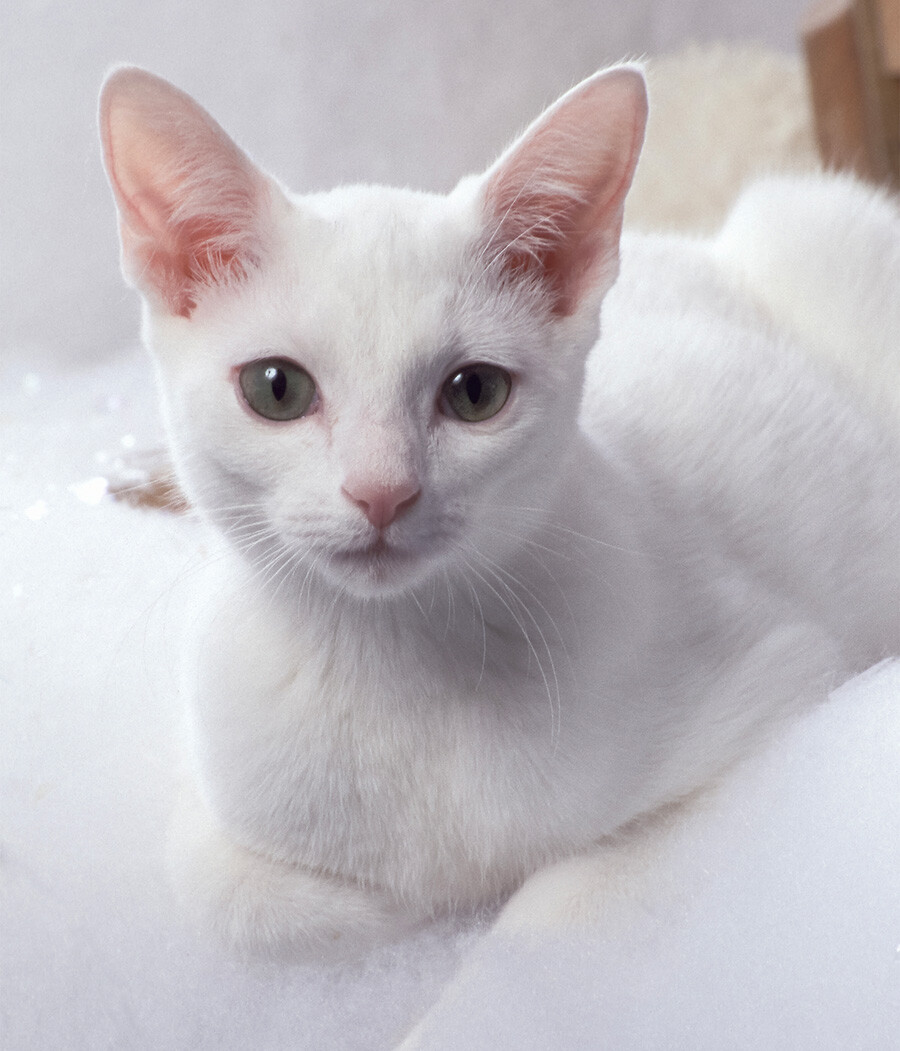
Based on the Russian Blue, foreign breeders also came up with new types - the Russian White and Russian Black breeds. As a result, a snow white cat with emerald eyes, dubbed the White Rose, first appeared. Its descendants became the “grannies” of Russian White cats in Australia – even today there’s a cattery of white, black and blue felines that calls those cats ‘Babushka Blue Russians’. The new breed was registered in 1975 in the state of New South Wales. Apart from Australia, it is currently recognized in New Zealand, South Africa, the U.S. (since 2010) and Great Britain.
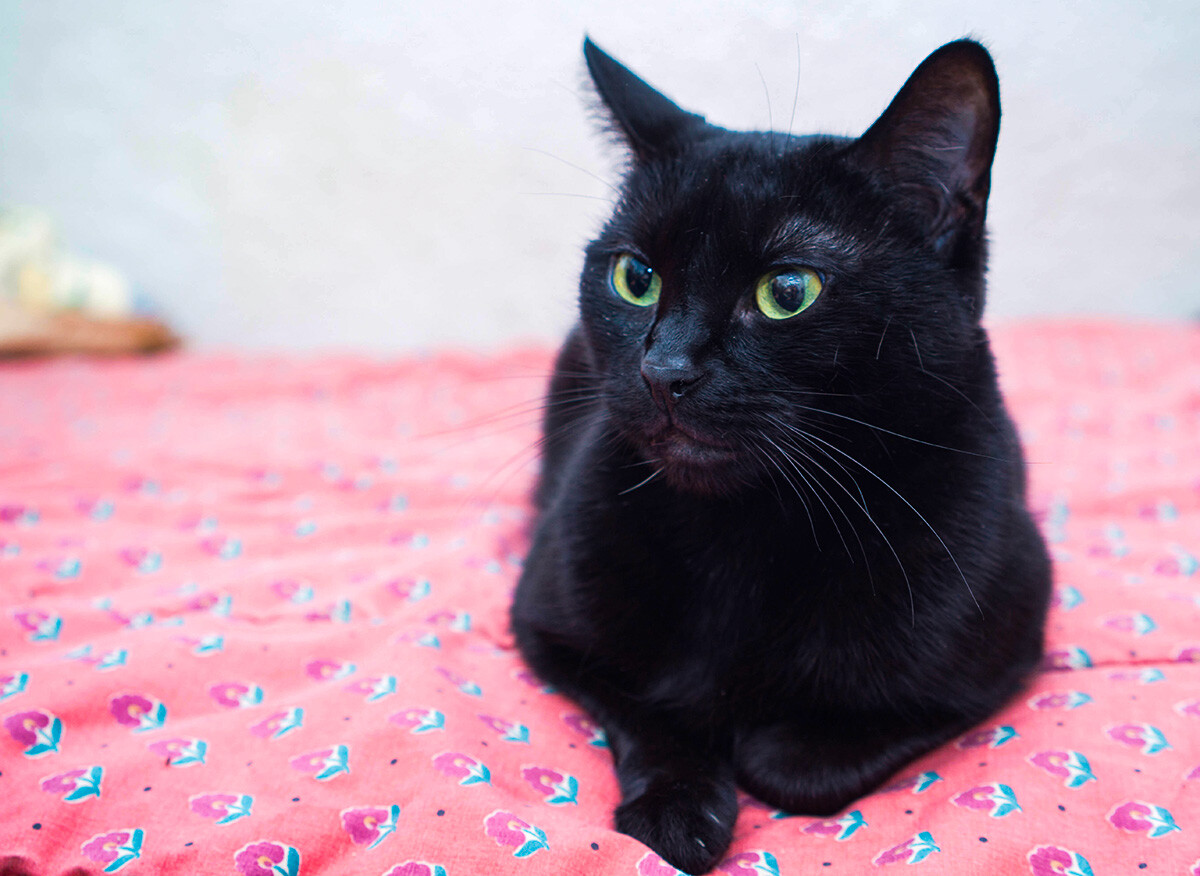
Meanwhile, English breeders crossed the Russian Blue with the White Siamese, which for some reason resulted in a black green-eyed kitten in the third generation. It was called the Arctic Lascatsy, which eventually became the “grandma” of Black Russian cats.
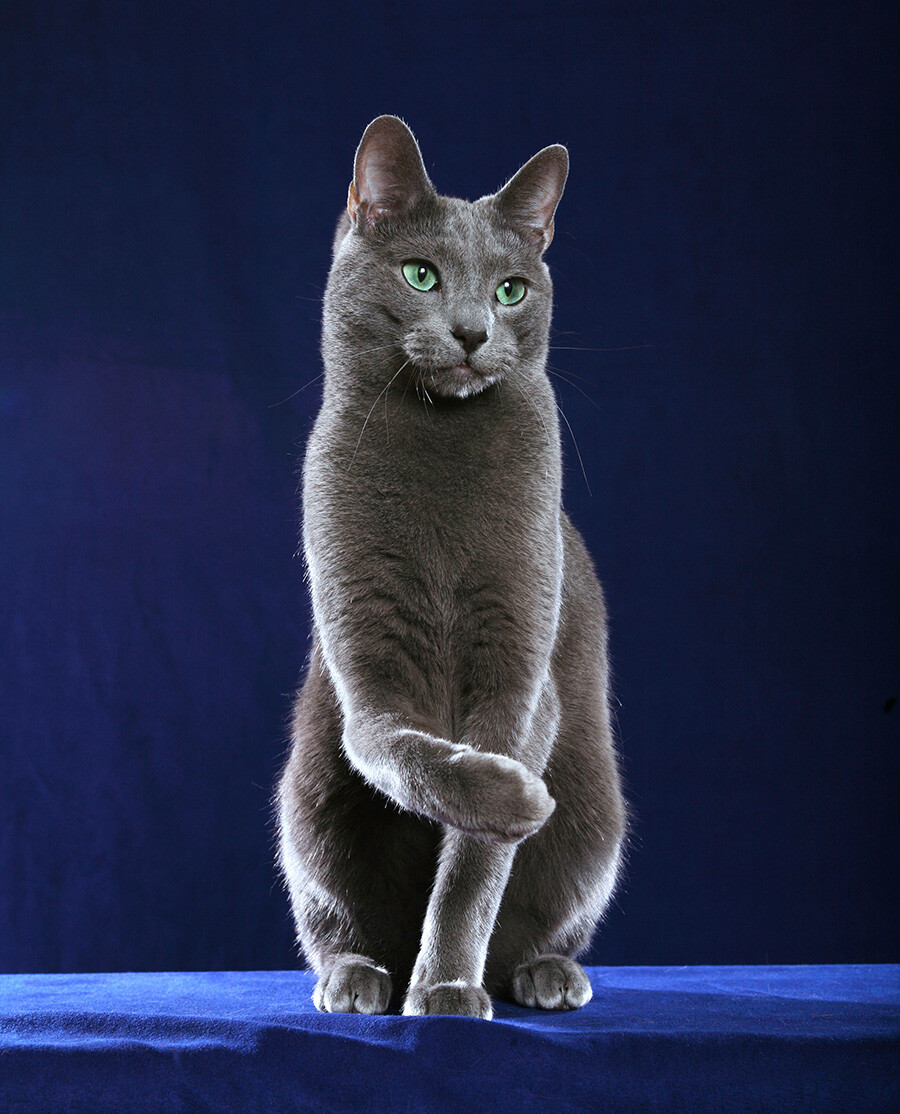
The manner in which the Russian Blue moves is often compared to a ballerina performing on stage. This relatively small cat, weighing 3-5 kilos on average, moves smoothly and elegantly on its slim, but strong legs. Like all old breeds, the Russian Blue is remarkable for its robust health (a life span of 15-20 years) and sharp wits.
Dear readers,
Our website and social media accounts are under threat of being restricted or banned, due to the current circumstances. So, to keep up with our latest content, simply do the following:
If using any of Russia Beyond's content, partly or in full, always provide an active hyperlink to the original material.
Subscribe
to our newsletter!
Get the week's best stories straight to your inbox